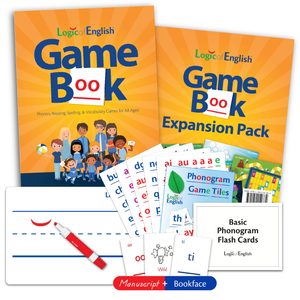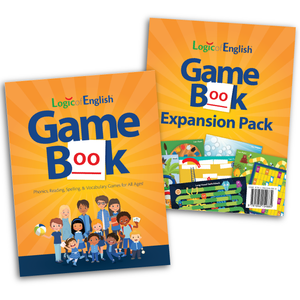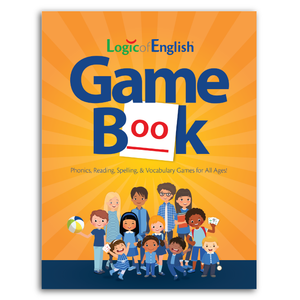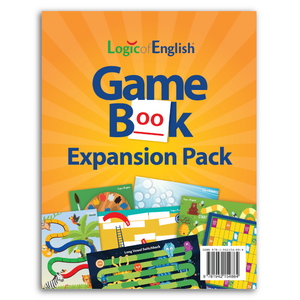Did you know that skilled readers use the same part of their brain to read as they use to listen? Or that we need to train a special part of the brain to learn to read?
These are some of the many things neuroscientists have discovered throughout the years. According to MRI studies, when we are learning to read, our brains repurpose the same area of the brain we use to recognize faces to recognize letters.
This area is commonly referred to as the letterbox.
The letterbox recognizes that a letter or group of letters represents a sound. Once we have learned to read, this part of the brain responds only to letters whose sounds we have learned; different parts of our brain recognize other visuals, including shapes, and numbers.
Once the letterbox identifies the letters, the sounds area of your brain gets activated to match the letters to their sounds and then that is followed by the area that stores meaning!
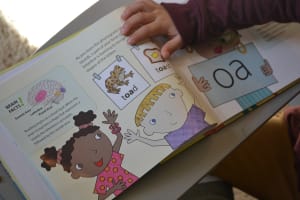
Like “How Your Brain Learns to Read” says, “When you see the phonogram oa, your letterbox knows, ‘Those are letters!’ And the sounds area of your brain says, ‘That says /ō/!’”
Learning how our brains process letters and sounds can help us – children and adults alike – build confidence in our reading journey! After all, reading is not hardwired in the brain, but a skill that can be learned … and training our brain's letterbox is a step in the process.
To develop the letterbox, let’s play a couple of phonogram games from a sidebar in "How Your Brain Learns to Read."
Find the Phonogram - Write phonograms on cards and hide them around the room. Ask the child to find the cards and read the sounds.
Phonogram Jump - Lay phonogram cards in a pattern on the floor. Ask the child to jump from card to card and read the sounds.
Phonogram Sound Search - Turn to one of the phonogram pages in "How Your Brain Learns to Read" and look for pictures whose names include the target phonogram.






